Alright, let’s dive into crafting the ultimate 7-day itinerary for exploring Sri Lanka’s Cultural Triangle, a journey that’s about to take you through time, nature, and some of the most mesmerizing sights this island paradise has to offer.
Ancient ruins whispering tales of yore, majestic elephants wandering through vast national parks, and tranquil moments by serene lakes—all waiting for you in the heart of Sri Lanka.
The Cultural Triangle is where Sri Lanka’s rich history and breathtaking natural beauty converge, making it a must-visit for anyone wanting to experience the essence of this incredible country. From the awe-inspiring heights of Sigiriya Rock to the sacred precincts in Polonnaruwa and the wild expanses of Minneriya, each day here promises a new adventure, a new story.
So, grab your hats (and don’t forget the sunscreen), because this week-long journey will take you from the bustling streets of Colombo to the peaceful retreats of Habarana, to the ancient ruins of Anuradaphura, and more!
Table of Contents
Toggle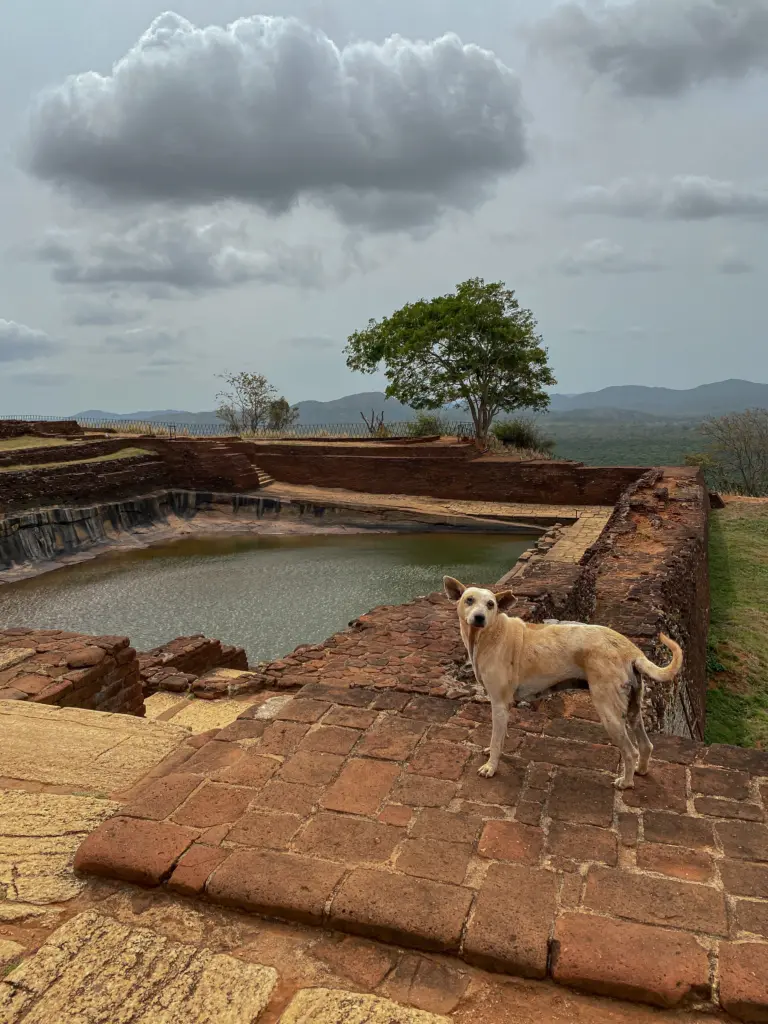
What is the Sri Lanka Cultural Triangle?
So, you might be wondering, what’s the Cultural Triangle all about? Essentially, the Cultural Triangle is a vast area tucked in the center of Sri Lanka, dotted with UNESCO World Heritage Sites, each more jaw-dropping than the last.
This triangle connects three ancient, historic capitals: Anuradhapura to the north, Polonnaruwa to the east, and Kandy to the south-west. But it’s not just about the points of this triangle; it’s the space in between that’s packed with history, culture, and some of the most sacred sites in Buddhism. From the awe-inspiring Lion Rock Fortress that juts out of the jungle to the serene and intricate cave temples of Dambulla, this area is a hotbed of cultural richness.
But wait, there’s more! The Cultural Triangle isn’t just a journey back in time. It’s also home to wildlife parks like Habarana and Minneriya, where you can witness the famous elephant gatherings!
In a nutshell, the Sri Lanka Cultural Triangle offers a slice of everything that makes Sri Lanka simply magical.
Sri Lanka 7-Day Travel Itinerary
This 7-day Itinerary was carefully curated to make sure that you can get the most out of each day but still have enough energy to explore with ample time to relax and unwind.
Feel free to click through the links for the locations that interest you as there is also a dedicated article for each place that goes into much more detail on possible activities, places to stay, and how to get there.
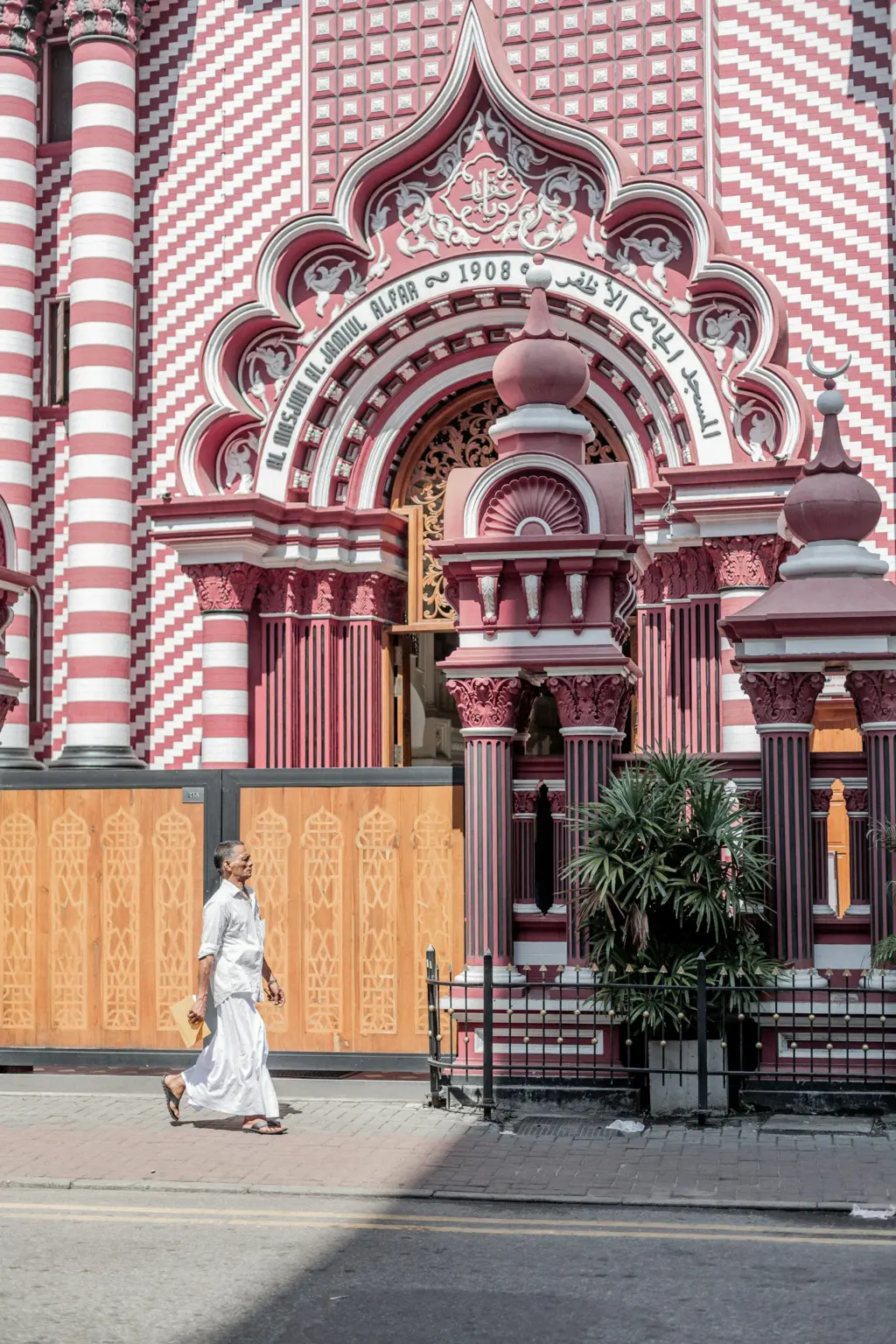
Day 1 - Colombo
Welcome to Sri Lanka! Your adventure begins the moment you land at Bandaranaike International Airport, your gateway to this island of wonder. After the usual hustle and bustle of airport formalities, you’re ready to dive into the vibrant chaos and charm of Colombo, Sri Lanka’s capital city. Don’t be too quick to jet off to your next destination; Colombo is more than just a stopover—it’s your first taste of Sri Lankan culture and the lively spirit of its people.
Colombo is a wild city, where the modern and the traditional coexist in a lively, sometimes chaotic, harmony. Amidst the bustling streets and the honking of tuk-tuks, you’ll find serene Theravada Buddhist temples, colonial-era landmarks, and green spaces that offer a tranquil escape from the urban rush. One such place you shouldn’t miss is the Red Mosque (Jami Ul-Alfar Mosque), an architectural marvel with its striking red and white patterns that stand out in Pettah, Colombo’s market district.
But that’s just the beginning. Take a stroll along Galle Face Green as the sun sets, savoring local street food while the ocean breeze carries away the heat of the day. Explore the National Museum to get a glimpse of Sri Lanka’s rich history, or wander through the leafy pathways of Viharamahadevi Park.
On your first day, let Colombo surprise you with its contrasts and its warmth. It’s a city that’s alive, always moving, yet always inviting you to discover its stories.
Where to Stay: Marino Beach Colombo
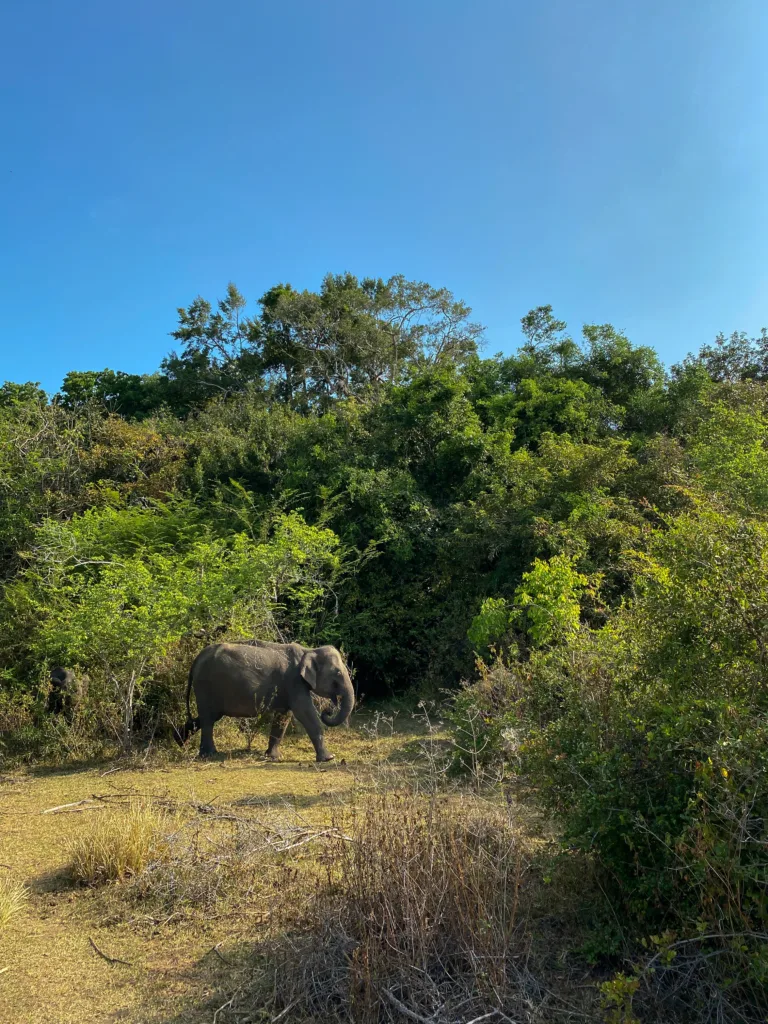
Day 2 - Habarana
Today, your adventure shifts the pace from the lively streets of Colombo to the serene embrace of Habarana. This will be your base for exploring the rest of the Cultural Triangle’s marvels. It’s location is convenient, strategic, and rejuvenating.
Embarking on the journey from Colombo, you’re presented with two primary routes to Habarana: the scenic railway or the direct convenience of a taxi ride. Opting for the train from Colombo Fort Railway Station immerses you in a picturesque voyage through Sri Lanka, a journey lasting around 4 to 6 hours that unfolds the island’s diversity right before your eyes. If you’re feeling brave, I recommend sitting right by the train’s door with your feet hanging out which is exactly what I did the whole ride. Alternatively, a taxi can whisk you directly to Habarana in about 3 to 4 hours, giving you ample time to do a bit more exploring.
Upon arrival in Habarana, the day’s rhythm slows, welcoming you to savor the tranquility that defines this region. The perfect introduction to this serene backdrop is a visit to Habarana Lake. A gentle stroll around its banks and watching the sunset allows the travel fatigue to melt away amidst the natural beauty.
Where to Stay: Habarana New Star Homestay
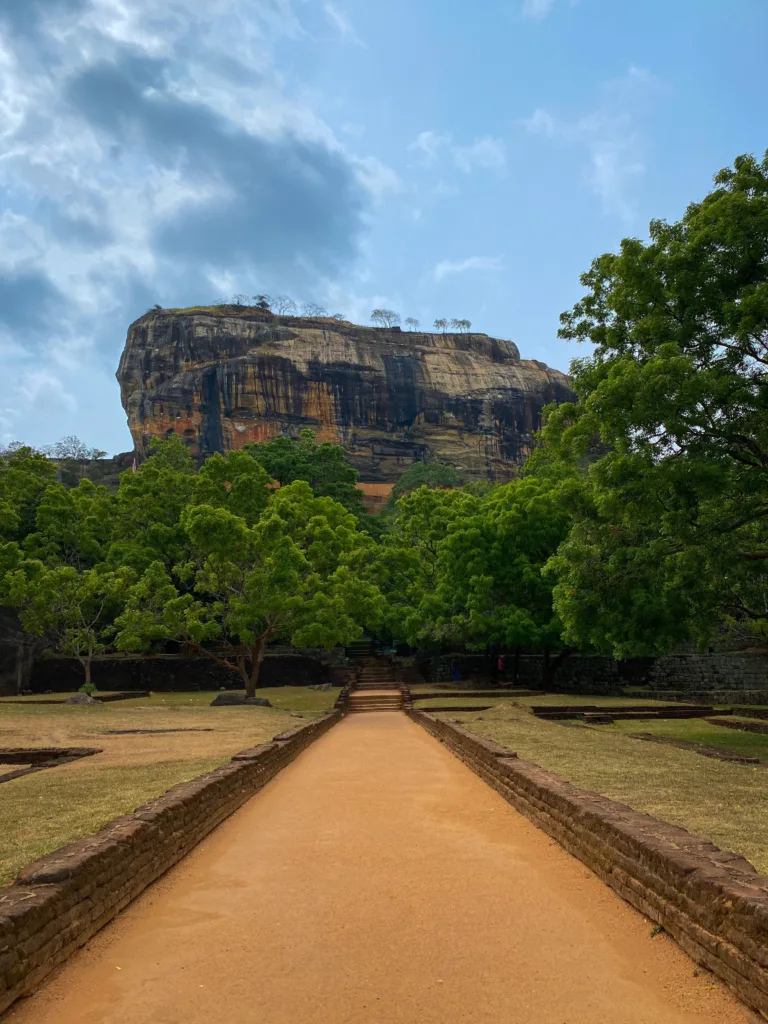
Day 3 - Sigiriya & Pidurangala Rock
Day 3 kicks off with an adventure that’s set to be the highlight of your Sri Lankan journey. You’re headed to Sigiriya and Pidurangala Rock, two iconic landmarks that promise breathtaking views and a deep dive into the island’s ancient past. Just a quick tuk-tuk ride from Habarana, and you’re at the doorstep of these legendary sites.
Start your day bright and early with a climb up Lion Rock. This massive column of rock, rising majestically from the jungle at 349 m (1,145 ft), was transformed into a fortress and palace by King Kashyapa in the 5th century. As you ascend the steps carved into the rock, you’ll be greeted by frescoes, water gardens, and the famous Lion’s Gate. Reaching the summit rewards you with panoramic views of the surrounding landscapes – a sight that’s as breathtaking today as it must have been over a millennium ago.
After descending from Sigiriya, consider taking a mid-day safari at Hurulu Eco Park, a lesser-known gem that’s part of a significant ecological corridor. It’s an opportunity to spot elephants in their natural habitat, alongside a variety of other wildlife.
As the afternoon wanes, gear up for your climb to Pidurangala Rock. This site offers a different perspective, both literally and figuratively. The climb is less strenuous than Sigiriya and leads you past a reclining Buddha statue and some cave temples (a small prelude to what awaits over at Dambulla) before reaching the summit. The view from the top, especially at sunset, is spectacular, with Sigiriya Rock in the foreground against the backdrop of the sun dipping below the horizon. It’s a moment of pure magic.
After the day ends, headback to Habarana for a night of relaxation.
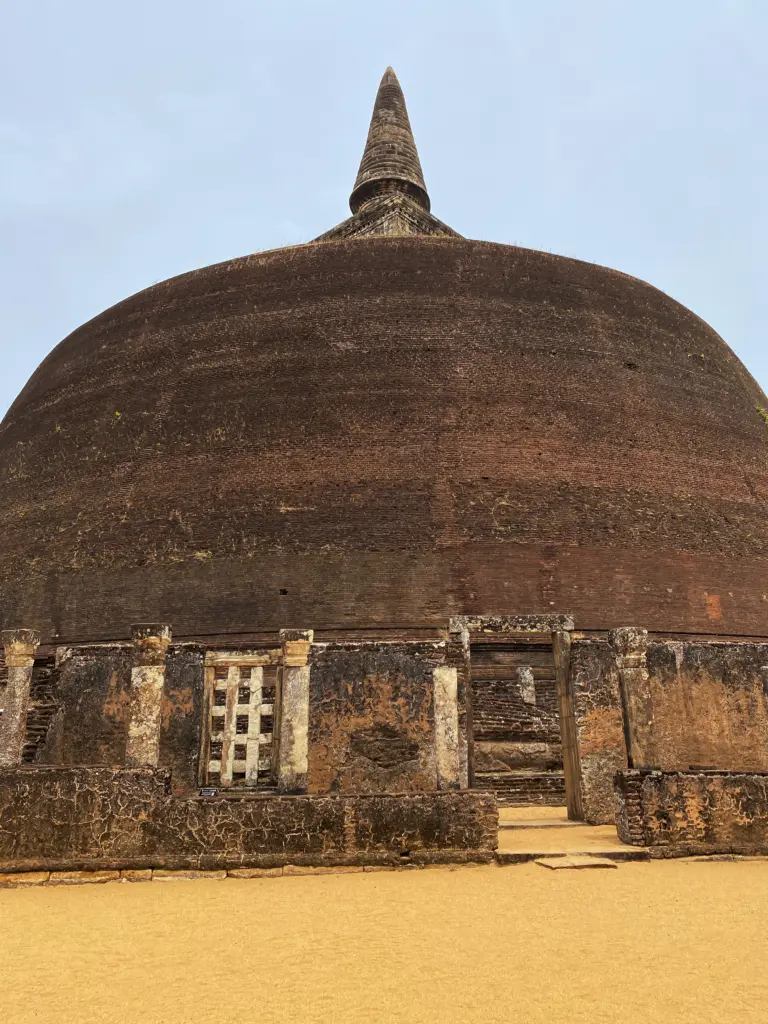
Day 4 - Polonnaruwa & Anuradaphura
Now you’re about to truly dive into Sri Lanka’s ancient history, exploring two of the island’s most significant cultural sites: Polonnaruwa and Anuradhapura.
Kick off your morning by cycling around the ancient city of Polonnaruwa. Once the thriving capital of the Chola and later Sinhalese Kingdoms, Polonnaruwa today is an archaeological treasure trove, with its meticulously preserved ruins set amidst lush landscapes. Cycling is the perfect way to navigate this UNESCO World Heritage site, allowing you the freedom to explore at your own pace. Pedal your way through the Quadrangle, a compact cluster of ruins, marvel at the Gal Vihara‘s massive Buddha statues, and don’t miss the Royal Palace with its impressive audience hall.
After immersing yourself in Polonnaruwa’s history, grab some lunch before hopping on a tuk-tuk for the two-hour journey to Anuradhapura. This ancient city, another pinnacle of the Cultural Triangle, was the first capital of Sri Lanka and remains a focal point of Buddhist pilgrimage. The sprawling complex is home to towering dagobas, ancient pools, and sacred Bodhi trees. The Sri Maha Bodhi Tree, grown from a cutting of the original tree under which the Buddha attained enlightenment, is a must-see.
After your adventures, once again head on back to Habarana to recover those sore legs.
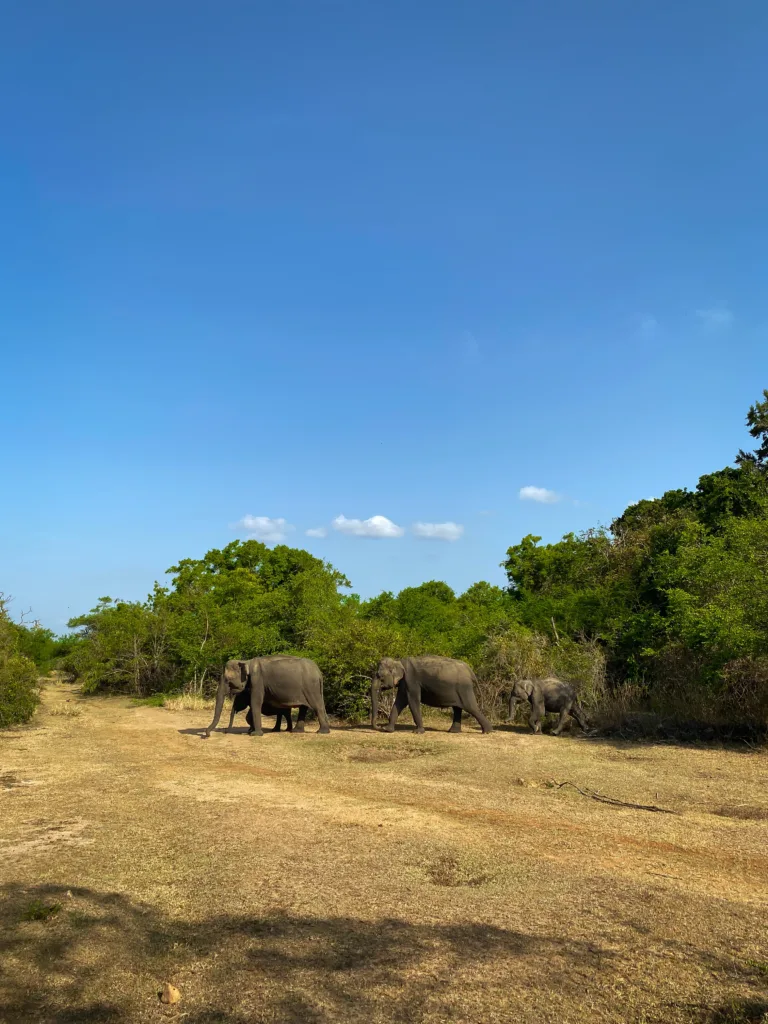
Day 5 - Minneriya National Park
Day 5 offers a change of pace. After all those pedalling and the hiking, it’s time to give your body some time to rest. And what better way than the comfort of a safari jeep as you venture into Minneriya National Park. This day is about embracing the natural beauty of Sri Lanka, witnessing the majestic elephants.
The “Gathering,” the largest annual congregation of wild elephants anywhere in the world, sees hundreds of these magnificent creatures come together near the Minneriya tank, a reservoir built by an ancient king that remains a lifeline for wildlife in the region. Even outside the peak months (July – September), Minneriya offers a wealth of biodiversity, with opportunities to spot deer, monkeys, and a variety of bird species amidst the lush vegetation of the park.
After a day filled with natural splendor, why not treat yourself to an Ayurvedic massage in the evening? There are plenty of fine establishments in Habarana depending on your budget. This traditional form of healing and relaxation, rooted in ancient wisdom, is the perfect way to soothe your muscles and calm your mind after the day’s adventures. Let the skilled hands of your therapist work away the exertions of the past days, using herbal oils and techniques passed down through generations.
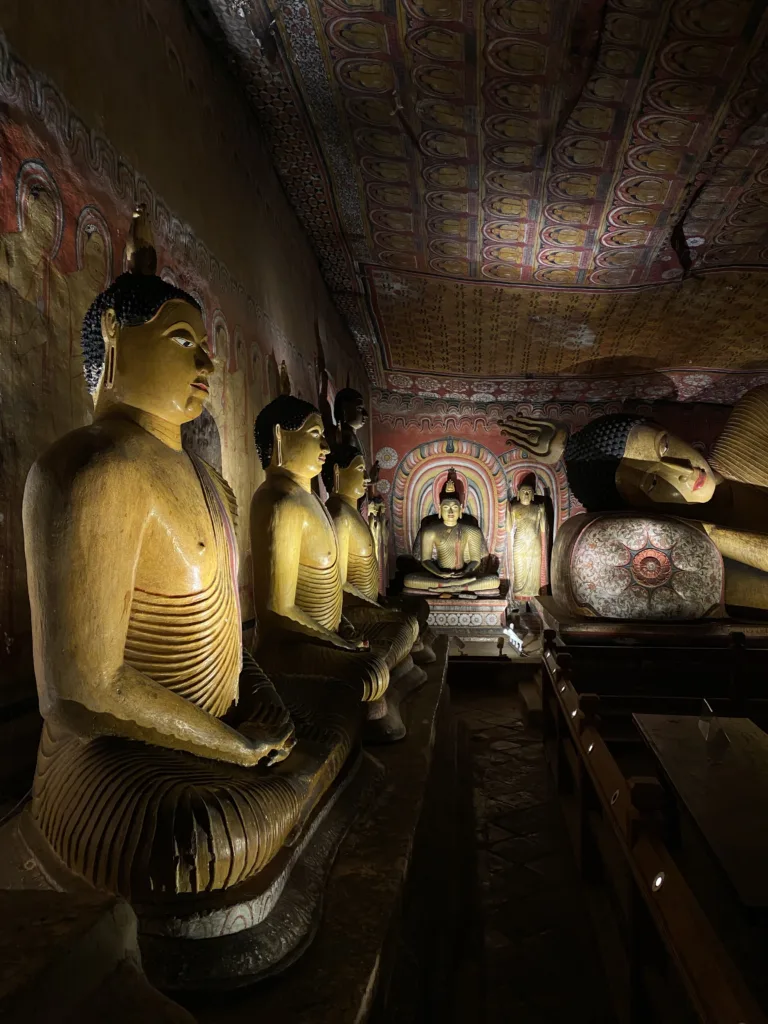
Day 6 - Dambulla
Your journey to Sri Lanka wouldn’t be complete without exploring the Dambulla Cave Temples!
The Dambulla Cave Temples, perched on a vast rocky outcrop, are a series of five caves filled with an array of Buddha statues (up to 150!) and exquisite murals that span over 2,000 square feet of wall space.
Just a short hike away, the Golden Temple stands as a beacon of peace, its massive form visible from afar. Here you’ll see a Golden Buddha in the Dharmachakra mudra, the largest Buddha statue in the world to depict this particular gesture, symbolizing the wheel of dharma set into motion.
Once you’re finished with that. There are still some other options available in Dambulla. You can choose to venture to the Rose Quartz Mountain for a gentle climb amidst landscapes bathed in soft pink hues.
Alternatively, find solace in Popham’s Arboretum. This arboretum invites you on a leisurely exploration of native flora and fauna. Both are easily accessible via tuk-tuk.
At the end of the day, find yourself back in the familar abode of Habarana.
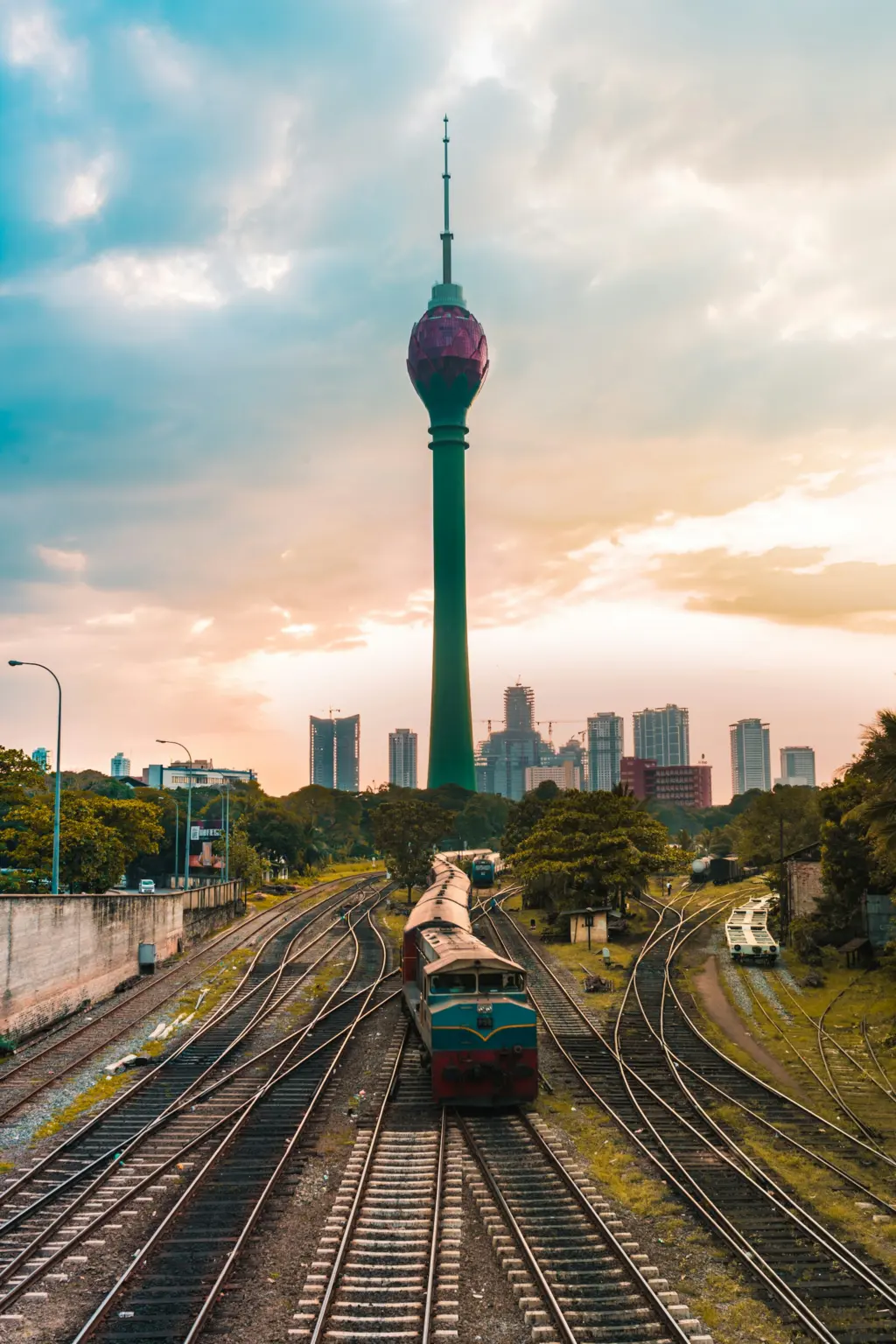
Day 7 - Colombo
As your adventure through Sri Lanka’s Cultural Triangle draws to a close, Day 7 brings you full circle, back to Colombo.
If you already took the train, I recommend going for the bus this time around which has more frequent departures. The bus from Habarana to Colombo not only gives you a glimpse into the local way of life but also presents landscapes that shift from rural tranquility to urban hustle. The journey takes approximately 4 – 5 hours, depending on traffic conditions, and it’s a ride filled with scenic views and the quiet reflection of the journey you’ve undertaken.
For those preferring a more direct and comfortable route, taking a taxi from Habarana to Colombo is another viable option. While it’s certainly pricier than the bus, it provides the convenience of door-to-door service and a shorter travel time, allowing for a few extra hours to explore Colombo or simply relax before your journey home.
Once in Colombo, if your schedule permits, take the opportunity to revisit any spots you might have missed upon your arrival or indulge in some last-minute shopping for souvenirs to take a piece of Sri Lanka back home with you.
And finally, for your journey to Bandaranaike International Airport, there’s an air-conditioned airport bus available for tourists that I found at the main bus terminal.
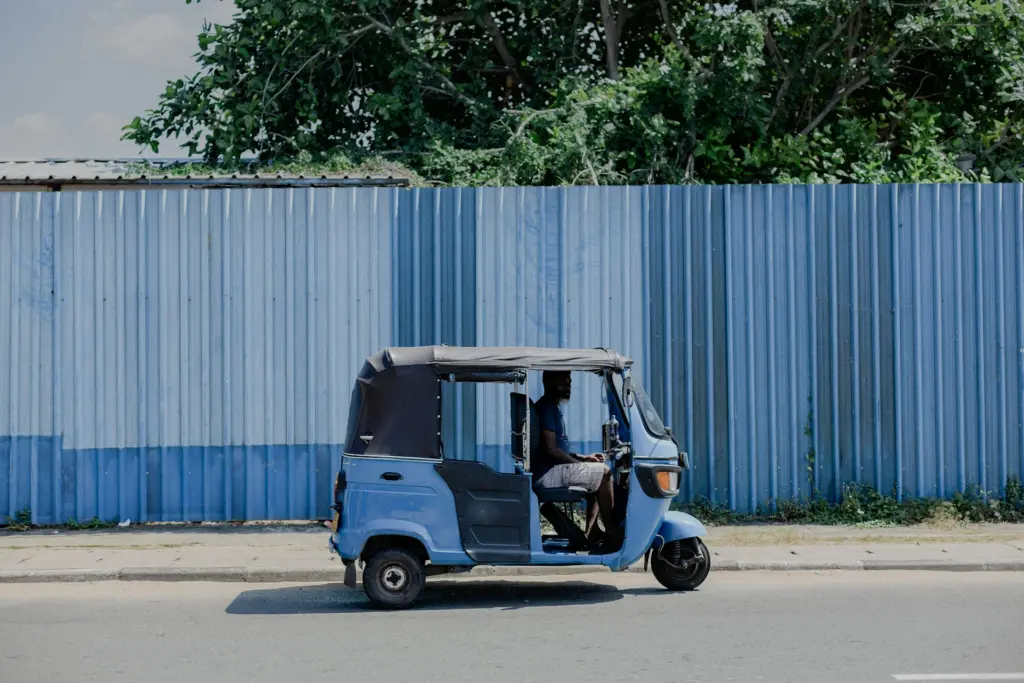
How to Get Around Sri Lanka
Navigating Sri Lanka offers a variety of options, each providing a unique perspective of the island’s diverse landscapes. Here’s a guide on how you can get around:
- Train: Sri Lanka’s train network offers a scenic and affordable way to travel, especially renowned for routes such as Colombo to Kandy, Kandy to Ella, and along the southern coast. The trains not only connect major cities but also wind through some of the most breathtaking landscapes, making the journey itself a memorable part of your travel experience.
- Bus: An extensive network that covers most of the island, buses in Sri Lanka are one of the most accessible and cost-effective modes of transportation. They range from basic services to more comfortable semi-luxury and air-conditioned buses. Buses are a common choice for both short distances between towns and longer cross-country journeys.
- Taxi/Car Rental: For those seeking flexibility and comfort, taxis and car rentals provide an excellent solution.You can choose between self-driving (an international driving permit is required) or hiring a car with a local driver, which can be especially helpful for navigating and discovering local insights.
- Tuk-Tuk: The iconic three-wheelers are perfect for short distances and offer a quintessentially Sri Lankan travel experience. They are readily available in cities and towns, providing a convenient way to get wherever you need to go. Negotiating the fare before starting your journey is standard practice.
How to Stay Safe in Sri Lanka
While Sri Lanka’s people are known for their warmth, like any destination, it has its risks. The hygiene standards can vary, so opting for bottled water and choosing reputable dining places can help avoid health issues.
When exploring, be cautious with transportation; ensure your tuk-tuk driver is sober, and when using public transport or renting vehicles, be prepared for roads that can be unpredictable.
Be mindful of petty crimes such as pickpocketing, especially in crowded places, and consider using cash to avoid credit card fraud.
Female travelers should exercise caution, particularly at night or when alone, as instances of harassment have occurred.
Health-wise, dengue fever is a risk, particularly during the monsoon season. Protecting yourself against mosquito bites is essential, with repellents and suitable clothing.
Given these considerations, securing reliable travel insurance like SafetyWing can provide peace of mind, covering you from unforeseen health issues to travel mishaps.
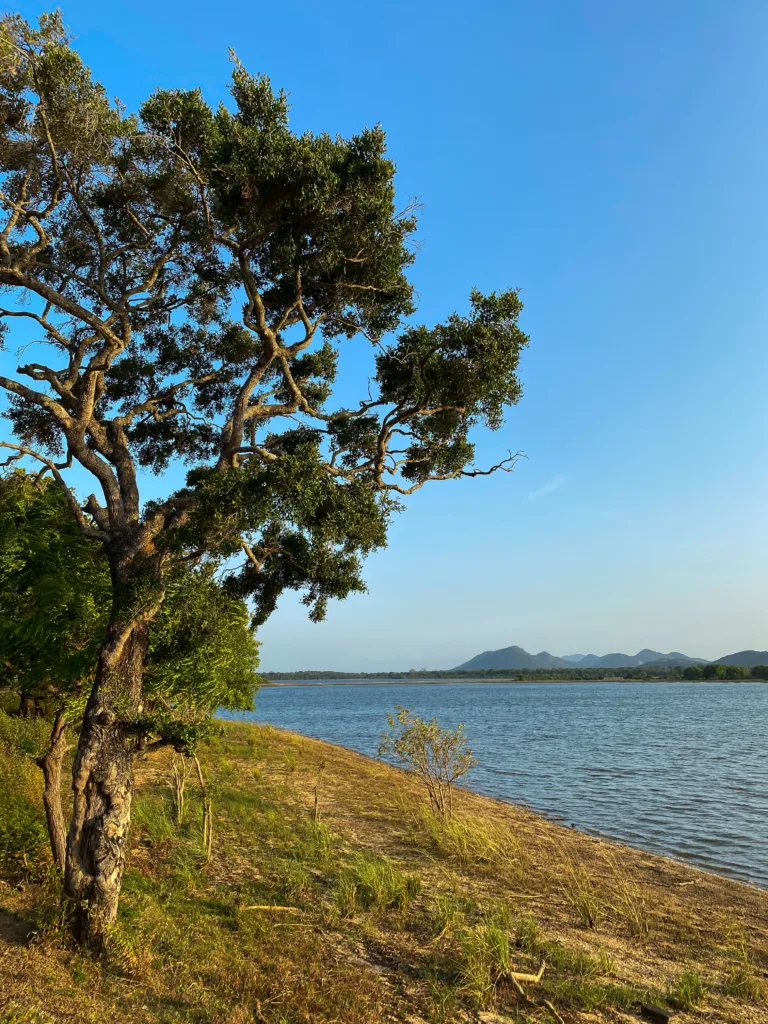
Best Time to Visit Sri Lanka
The best time to visit Sri Lanka is shaped by the island’s two distinct monsoon seasons, affecting opposite coasts at different times of the year.
Generally, for broad exploration including the west and south coasts as well as the central highlands, December to March offers ideal conditions. During this time, you’ll find the weather to be dry and sunny, making it perfect for soaking up the beaches or delving into the rich cultural heritage. Temperatures during these months are comfortably warm, ranging from about 23°C (73°F) in the cooler highlands to around 30°C (86°F) along the coastlines.
On the flip side, if your travel plans are inclined towards the east coast and the northern regions, aiming for May to September would be wise. This period marks the dry season for these areas, presenting an excellent opportunity for beach activities under clear, blue skies. The temperature hovers between a pleasant 27°C (81°F) and 31°C (88°F), ensuring your exploration of ancient sites and natural beauty is as comfortable as it is captivating.
What to Know Before Going to Sri Lanka
To ensure a respectful and enriching visit, here are some customs and etiquette unique to Sri Lanka that you should be aware of:
- Dress modestly when visiting temples and other religious sites; covering shoulders and knees is generally required.
- When offering something to a monk, use both hands as a sign of respect.
- Remove your shoes before entering temple premises. Shoe storage areas are often available, and a small tip for the caretaker is usually required.
- Avoid pointing your feet towards Buddha statues or images. Feet are generally considered the lowest part of the body and thus, pointing them towards something sacred is disrespectful.
- Buddhist monks are highly respected in Sri Lanka. It’s customary to give up your seat for a monk if public transport is full.
- Do not pose for photographs with your back turned to a statue of Buddha. It’s considered disrespectful.
- Greeting someone with a slight bow and hands pressed together in a prayer-like gesture, saying “Ayubowan” (which means “may you have a long life”), is a traditional and respectful way to say hello.
- Sri Lankans eat with the right hand, as the left hand is traditionally considered unclean.
- Always accept and offer items with your right hand or both hands to show respect.
- Public displays of affection are frowned upon, especially in rural areas.
Plan Your Trip to Sri Lanka | Best Travel Resources
Book Your Accommodations
- Booking.com – the world’s leading online booking platform for accomodations around the world, they have an extensive amount of available listings with zero booking fees and best price guarantees.
- Hostelworld – a backpacker’s best friend, Hostelworld has the largest collection of hostels and guesthouses for affordable prices.
Don’t Forget Insurance
- SafetyWing – from Nomad Insurance, an insurance by nomads for nomads. They understand our lifestyle well and have really comprehensive and flexible plans that cater to any traveler.
Find Cheap Flights
- Kiwi.com – my go-to for booking and finding the cheapest flights and it’s helped me save tons of money. They do virtual interlining which is connecting flights from airlines that do not codeshare, so you can find routes that you wouldn’t be able to find normally.
Join Tours & Activities
- GetYourGuide – is one of the best places to find unique tours and activities. I found that it’s an excellent way to meet fellow travelers and create fond memories. They are not only limited to tours as they also offer niche services such as skip-the-line tickets or private transfers.
Catch a Ride
- Rentalcars.com – nothing beats the freedom of the road, Rentalcars.com is the world’s largest online car rental service. They operate across 160 countries so they’re the perfect partner to work with if you find yourself wanting a ride.

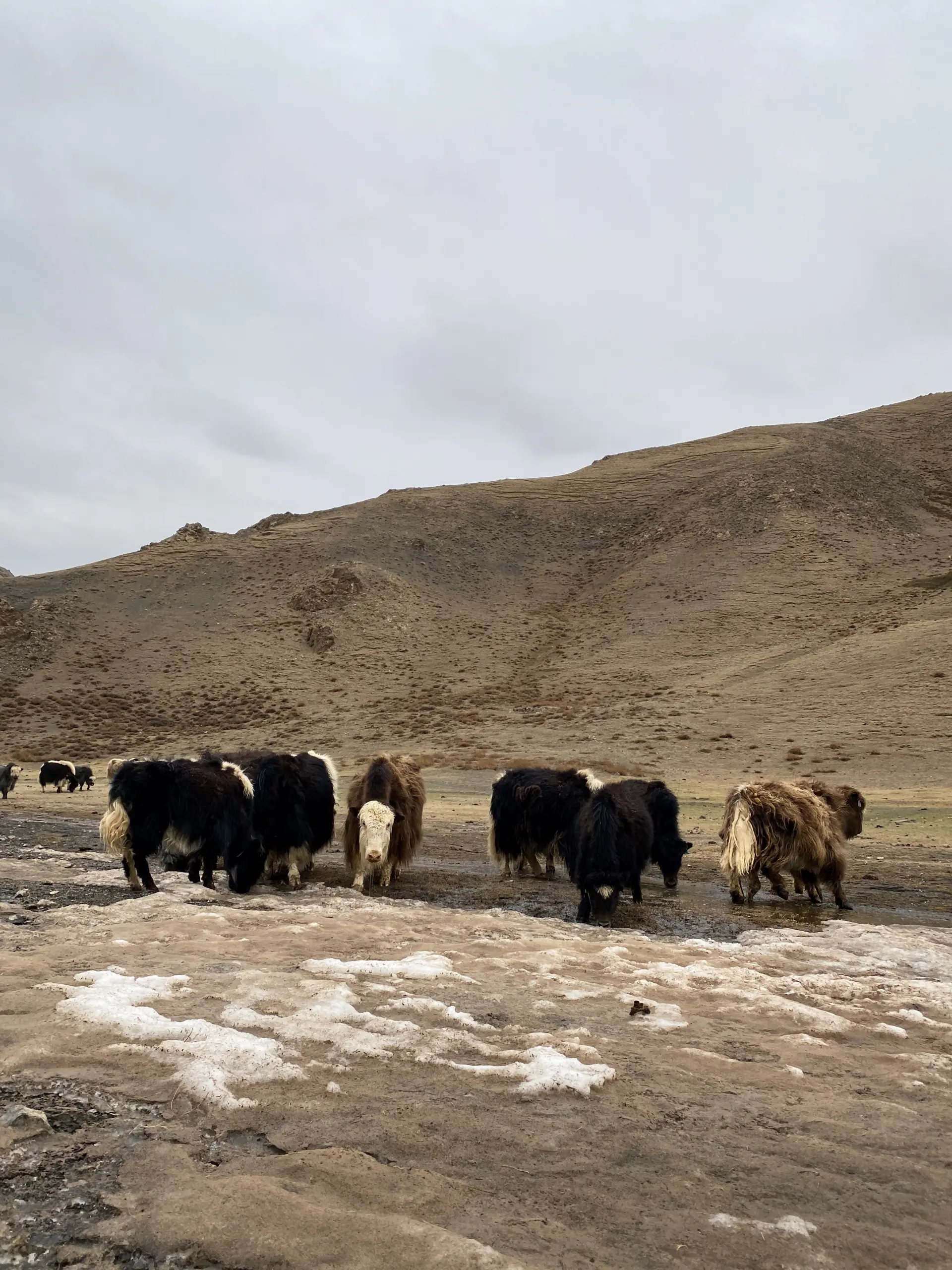
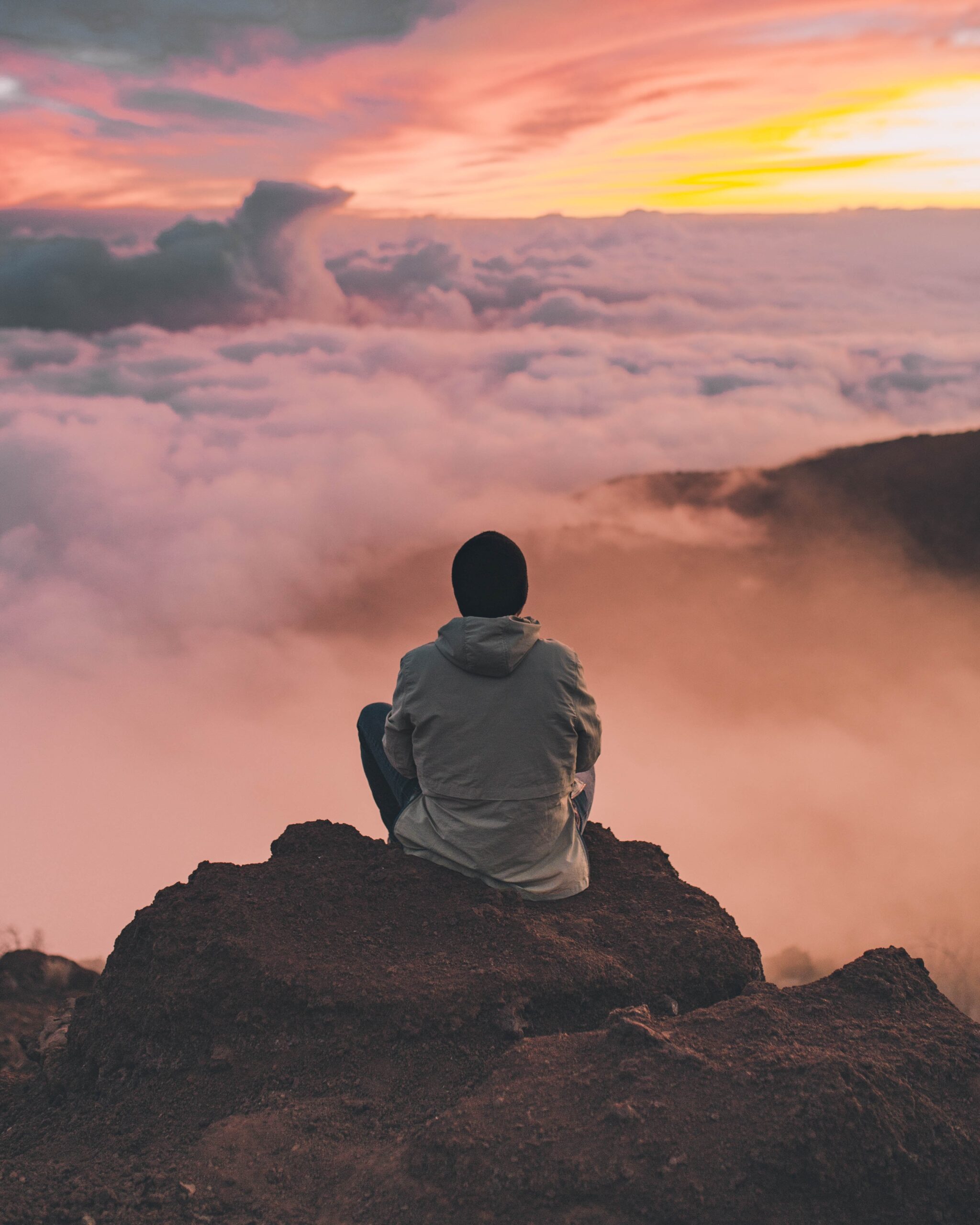
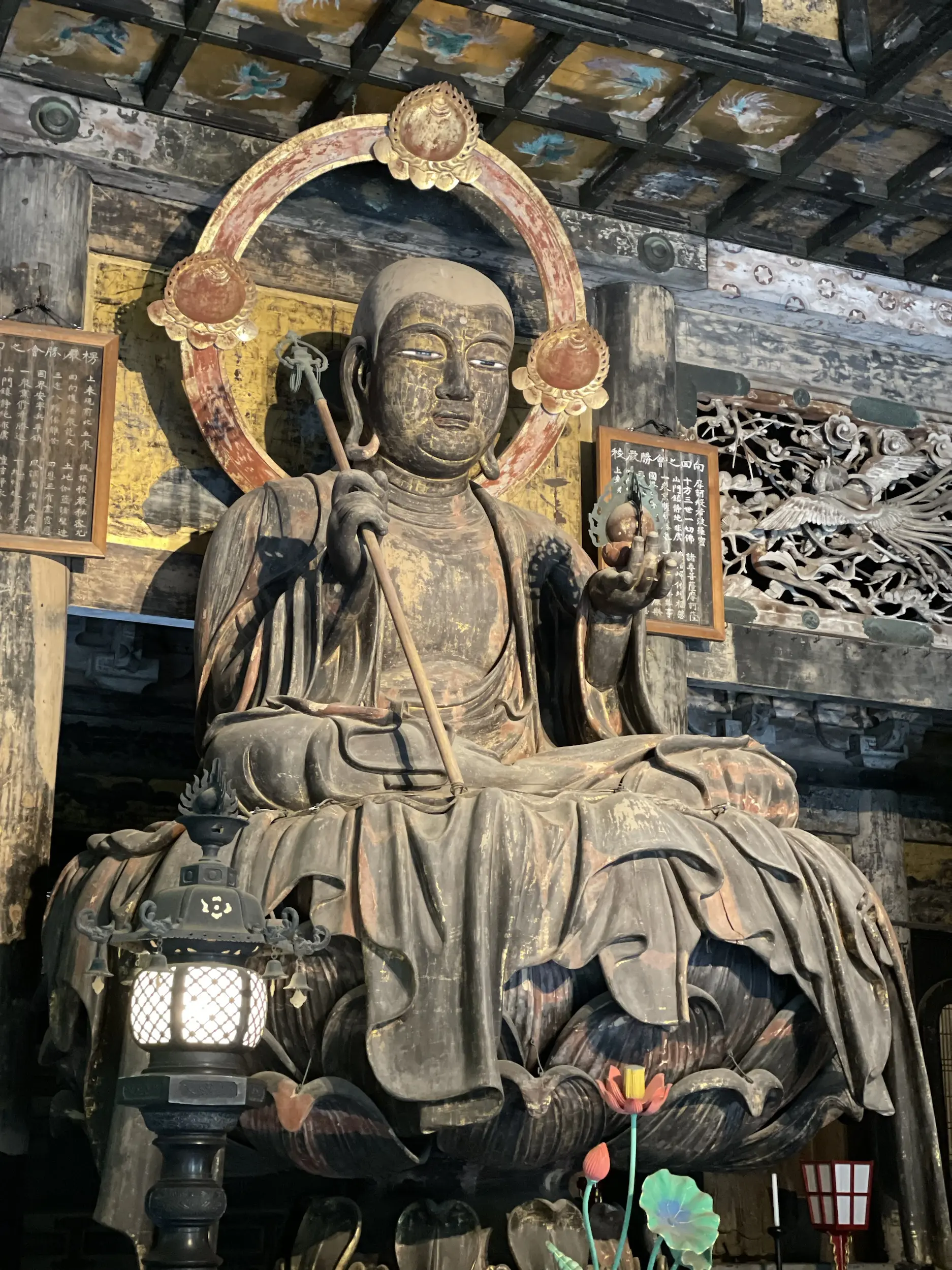





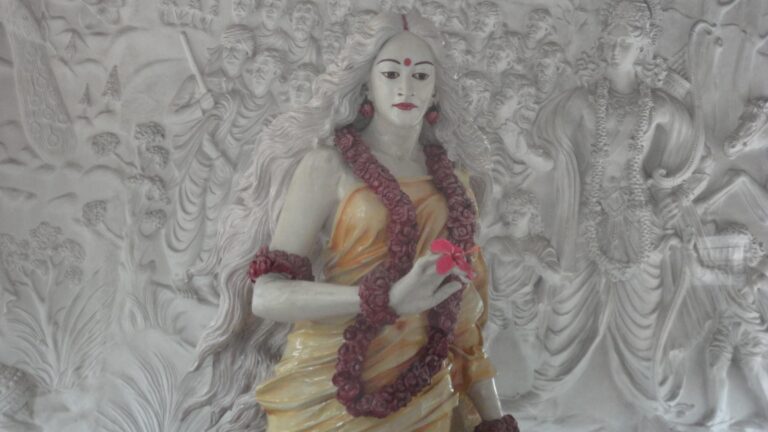
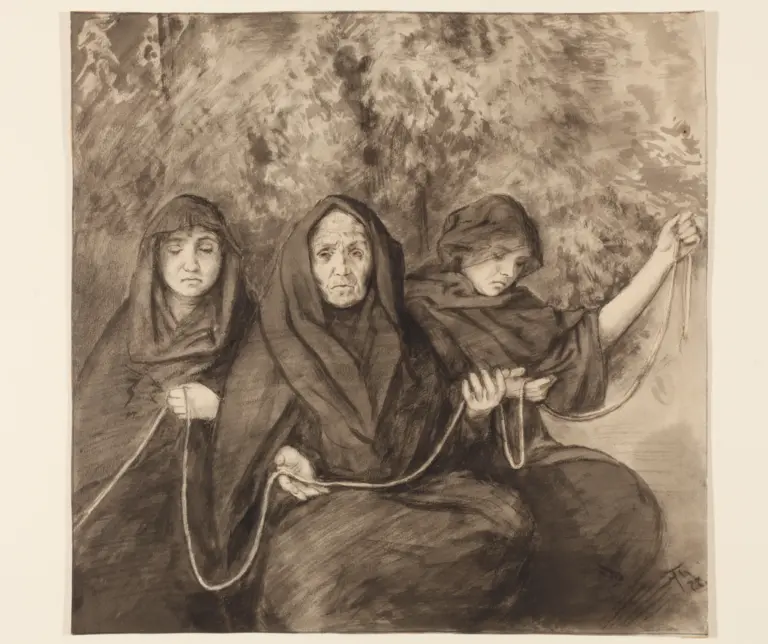
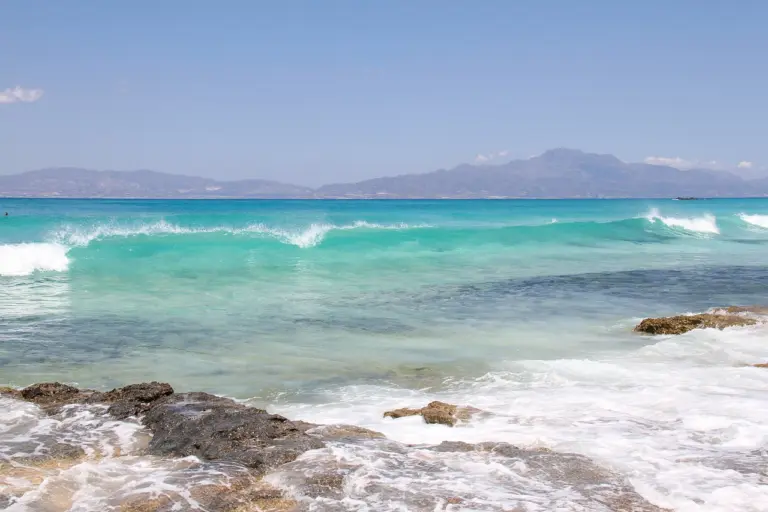
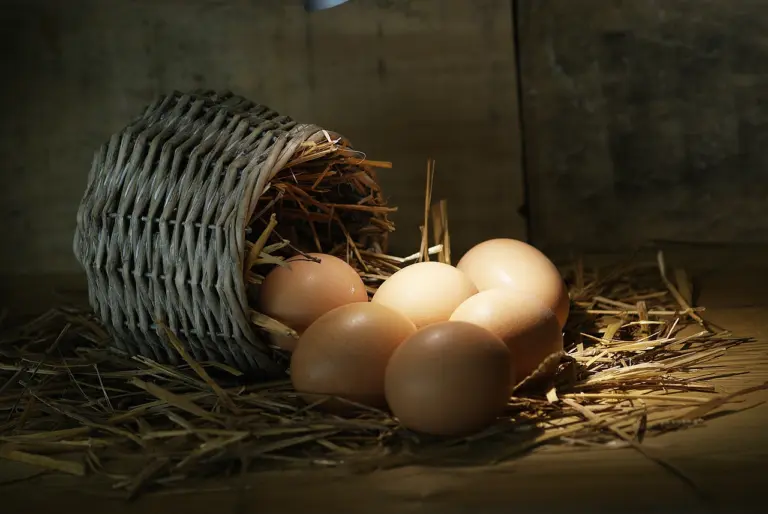

One Response
I do not even know how I ended up here but I thought this post was great I dont know who you are but definitely youre going to a famous blogger if you arent already Cheers